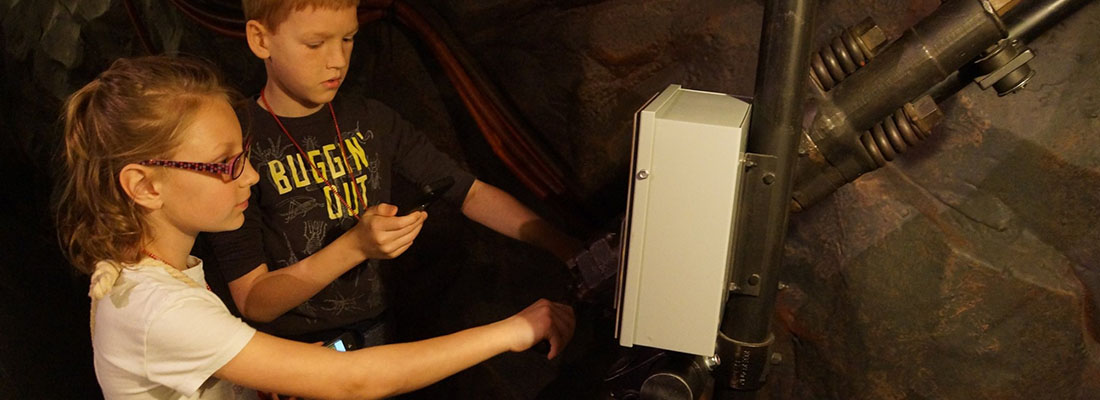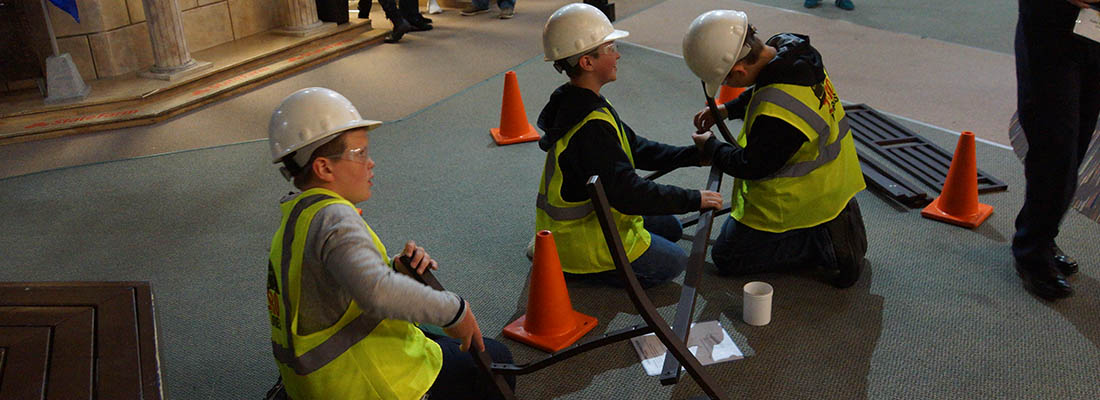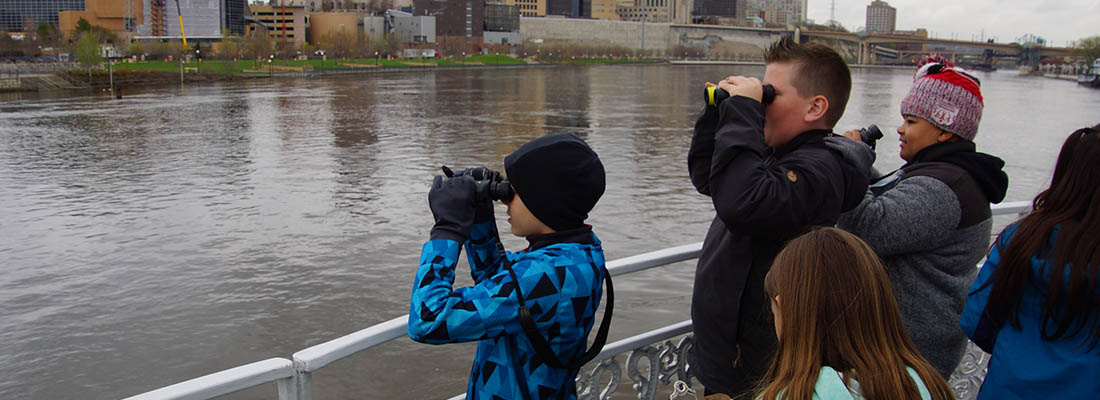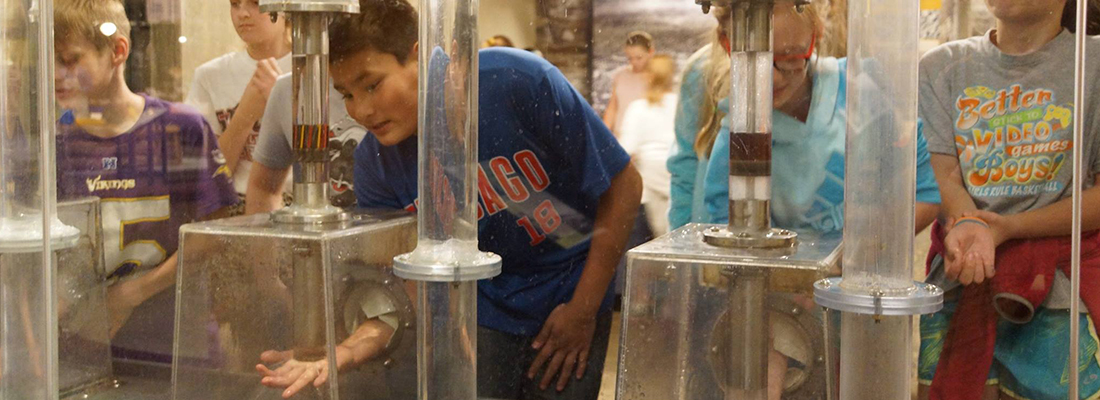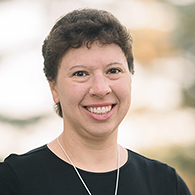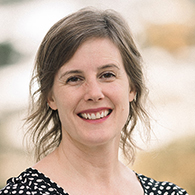LOCOL FAMILIESIN
Lower School is an exciting time for your student to explore, learn and grow.
In Lower School, we challenge and nurture Mind, Body, and Spirit through a robust and diverse curriculum. Because each student is unique, we strive to help them develop physically, mentally, spiritually, and emotionally by creating a nurturing and supportive environment where teachers, students, and parents work actively together.
Lower School Highlights
Discovering the world around you, by exploring, learning and growing
knowledge
discover the world by expanding
reading and comprehension
grow
expand mathematical
skills and reasoning
explore
hands-on learning through science, technology, geography
Outside the Classroom
We believe giving kids opportunities to explore outside the classroom is essential to shaping their overall education. Students explore activities like: working a day in a real life profession, experiencing pioneer life, discovering how machines work and learning about environments and life cycles of creatures in our area.
 “The lower grades in a school is where a love of learning gets solidified for life. Students discover that education is filled with joy, creativity, and challenges. In these grades a student develops their interests and passions. Our teachers help identify and foster those interests while lovingly guiding each student on their educational journey. ”
“The lower grades in a school is where a love of learning gets solidified for life. Students discover that education is filled with joy, creativity, and challenges. In these grades a student develops their interests and passions. Our teachers help identify and foster those interests while lovingly guiding each student on their educational journey. ”— David Mielke, Principal
Curriculum
Math
1st Grade
- Mathematical vocabulary
- Comparison
- Place values
- Addition and subtraction
- Problem solving
- Introduction to fractions
- 2D and 3D shapes
- Sorting, estimating, graphing
- Time and money
2nd Grade
- Transition from concrete to abstract concepts
- Problem solving skills
- Place values to the hundreds
- Two-digit addition and subtraction
- Geometry
- Time and money
- Standard and metric measurement
- Fraction identification
- Construction and interpreting graphs
- Introduction to multiplication
- Introduction to division
3rd Grade
- Computation and problem solving skills
- Real-world application
- Multi-step addition, subtraction, multiplication and division
- Time and money
- Geometry
- Fractions and decimals
- Standard and metric measurement
- Data gathering
- Probability
4th Grade
- Computation and problem solving skills
- Critical thinking skills
- Real world application
- Addition, subtraction, multiplication, and division
- Fractions and decimals
- Place value through billions
- Standard and metric measurement
- Geometry
- Graphing
Science
1st Grade
- Physical Science
- Life Science
- Earth and Space Science
2nd Grade
- Physical Science
- Life Science
- Earth Science
- Develop scientific skills
3rd Grade
- Life science, physical science, Earth and space science
- Scientific skills of observation, classification, prediction, experimentation, recording and interpretation
- Hands-on activities and group and individual lab work
4th Grade
- Studies focus on life science, physical science, and Earth science
- Introduction of long term projects/papers
- Group and individual work
- Focus on the appreciation of God’s amazing creations in this world
Social Studies
1st Grade
- Communities around the world
- Basics of economics
- Geography
- United States History
- Government and Citizenship
2nd Grade
- Communities
- Cultures of Others
- American Symbols and Holidays
- Needs vs. Wants
- Goods and Services
- United States History
- Government
3rd Grade
- Global and United States geography
- History of Native Americans, the pilgrims, colonial times, and immigration
- Exposure to famous people and events in United States history
- Countries of the world and their different cultures
- Introduction to United States government
- Completing written projects and oral presentations
4th Grade
- Study of the 50 States
- Division of 4 different US regions and how they differ in climate, history, culture, and population
- Map reading skills
Visual Arts
1st Grade
- Introduction to basic art concepts
- Various themed projects
2nd Grade
- Basic art concepts
- Create original artwork
3rd Grade
- Study of master artists using the Art Adventure program
- Drawing and painting in various media
- Concept of color and texture in art and nature
- Various seasonal-themed or curricular-themed projects
4th Grade
- Study of different artists and appreciation of their work
- Drawing, painting, collage, stitchery, clay, and other artistic activities to create a variety of projects
- Exposure to different art media including pencils, colored pencils, markers, chalks, watercolor and tempura paints, to encourage creativity
Physical Education
1st Grade
- Introduction to a variety of sports and games
- Gross motor skills, balance and coordination
- Introduction to physical fitness
- Introduction to a variety of equipment
2nd Grade
- Develop gross motor skills, fine motor skills, cardiovascular fitness, flexibility, strength, and muscle coordination
- Learn cooperative games
- Introduction to volleyball, basketball, and soccer
3rd Grade
- Refinement of fundamental gross motor skills, fine motor skills, cardiovascular fitness, flexibility, strength, and muscle coordination
- Cooperative games, moderate to more strenuous fitness, movement education, themed activities
- Moderate to more strenuous introduction to team sports and activities
- Focus on positive attitude, effort, and sportsmanship
- Learn and appreciate the benefits of physical fitness
4th Grade
- Moderate to more strenuous introduction to traditional sports and games
- Focus on cooperative learning, motivational strategies such as goal setting and student reflection, social interaction, problem solving, shared leadership, and challenge and risk in a safe environment
- Refinement of fundamental gross motor skills, cardiovascular fitness, flexibility, strength, and muscle coordination
Language Arts/English
1st Grade
- Reading
- Grammar
- Spelling
- Writing
- Handwriting
- Phonics
2nd Grade
- Reading
- Writing
- Spelling
- Vocabulary
- Grammar
- Comprehension
- Fluency
3rd Grade
- Reading Fluency
- Reading Comprehension
- Reading and writing activities
- Exposure to novels in literature
- Accelerated Reading Program
- Cursive handwriting
- Spelling, Vocabulary, and Grammar
- Proofreading and editing skills
- Oral presentations
4th Grade
- Narrative, persuasive, expository, and descriptive writing exercises
- Reading and writing comprehension and proficiency
- Inferential reasoning
- Organizational and study skills
- Cursive handwriting
- Spelling, vocabulary, and grammar
- Proofreading, editing skills, and an introduction to word processing while writing different papers
Spanish
1st and 2nd Grade
Introduction to Spanish
3rd and 4th Grade
Introduction to Spanish vocabulary
Music
1st Grade
- Singing
- Rhythm
- Pitch
- Introduction to classical music
- Parts of worship
2nd Grade
- Singing technique
- Rhythm
- Pitch
- Tempo
- Dynamics
- Syllables
- Harmony
- Instrument families
3rd Grade
- Concepts of melody, rhythm, harmony, dynamics, tempo, pitch, and note values
- Group and independent singing
- Hymns, Christian praise songs, American patriotic and songs from other cultures of the world
4th Grade
-
Group and independent singing
-
Music structure and reading music
-
Introduction to various musical instruments
Religion
1st and 2nd Grade
- Bible lessons (Old or New Testament)
- Apply lessons to their life
- Learn and recite bible passages
- Use the Bible and Hymnal
3rd Grade
- Old Testament Bible lessons from Creation – Job (odd number years)
- New Testament Bible lessons from Births of John and Jesus – Apostle Paul (even number years)
- Memorization of Bible passages, hymn verses, 10 commandments, the conclusion to the commandments, and the 3 Articles of the Apostles’ Creed
- Worship together each Friday in a matins service
4th Grade
- ChristLight curriculum focusing on Old Testament/New Testament lessons alternating each school yearNew Testament Bible lessons from Births of John and Jesus – Apostle Paul (even number years)
- Study of Bible lessons while applying Bible truths to our daily lives
- Memorization of Scripture as it applies to our Bible lessons/daily lives
- Worship together each Friday in a matins service
- Morning and afternoon devotions and prayer throughout the day
Reasons to check out COL Lower School
Student : Teacher Ratio

